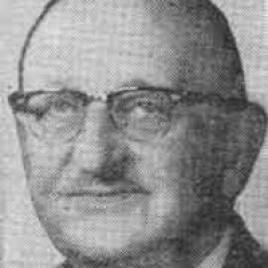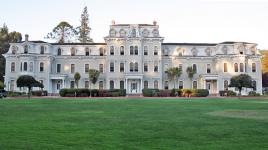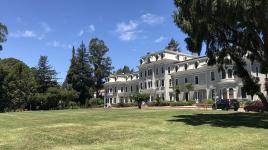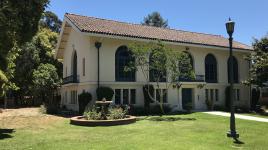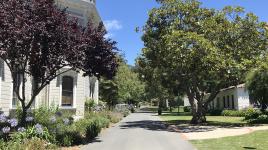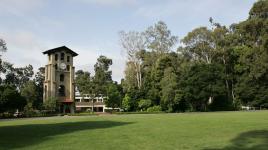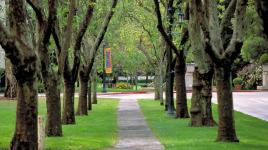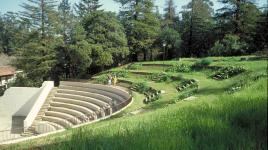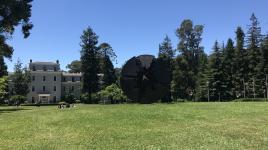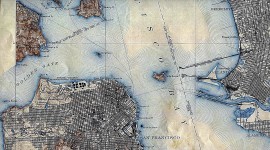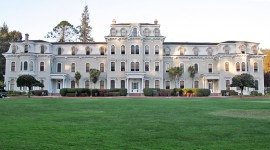Pioneer Information
Born in Winthrop, Iowa, Gilkey moved with his family to Tennessee and then Illinois before settling in Santa Rosa, California, in 1902. At age seventeen he left high school and found employment as a cultivator for famed American botanist Luther Burbank, for whom he worked for several years. After resuming his studies and graduating from high school in 1911, Gilkey attended the University of California, Berkeley, during which time he assisted in the planning of the 1915 Panama-Pacific International Exhibition held in San Francisco. After graduating with a B.S. in landscape architecture in 1916, he served as an instructor at Mills College for a year before assisting in the construction of naval shipyards in Alameda. Following World War I, he served briefly as the park engineer and acting planning engineer for the City of Oakland, overseeing the completion of the Cleveland Cascade Project, near Lake Merritt. During the 1920s, Gilkey was commissioned to supervise landscape and gardening projects at Mills College, St. Mary’s College, and the estate of Mortimer Fleishhacker. He also served as a consultant for the Alameda County Institutions Commission for several years, where he planned the grounds of the Highland-Alameda County and Fairmont Hospitals. At the onset of the Great Depression, Gilkey enrolled in the Works Progress Administration as a work-relief employee, where he supervised some 3,500 men involved in the renovation of San Francisco’s Golden Gate Park. In 1939 he helped design the Golden Gate International Exposition on Treasure Island. And during World War II, he worked as a draughtsman and engineer at the shipyards in San Francisco’s Richmond District. Gilkey was a founding member of the Oakland Businessmen’s Garden Club and produced 23 of their annual California Spring Garden Shows, for which he earned a national reputation. He died in Oakland, California, at the age of 82.




